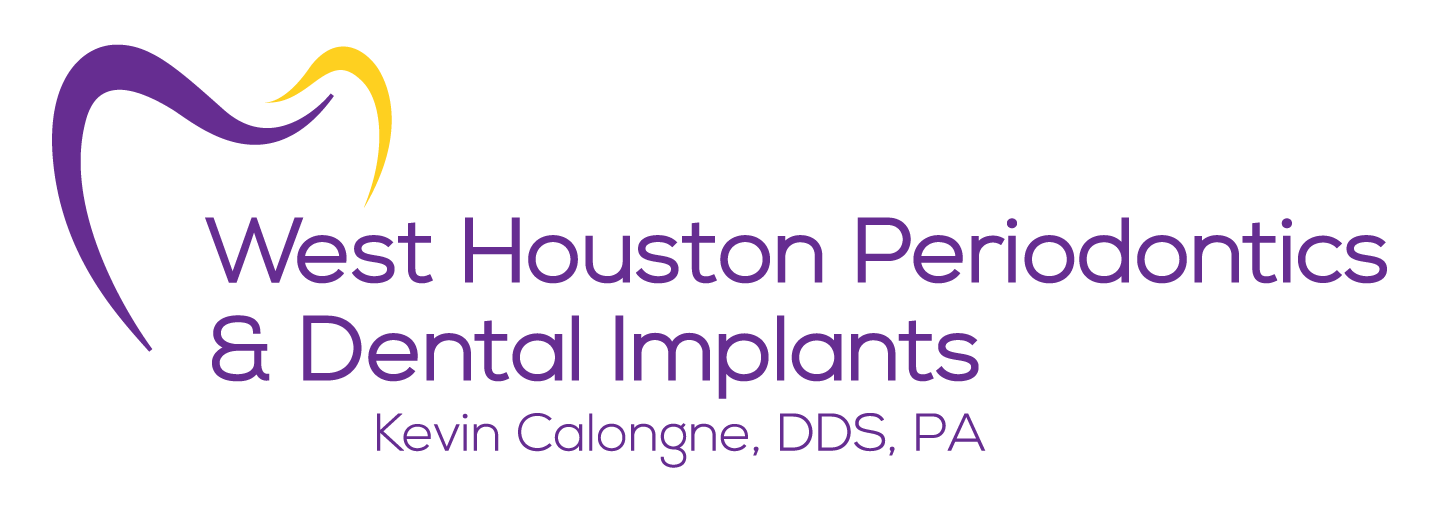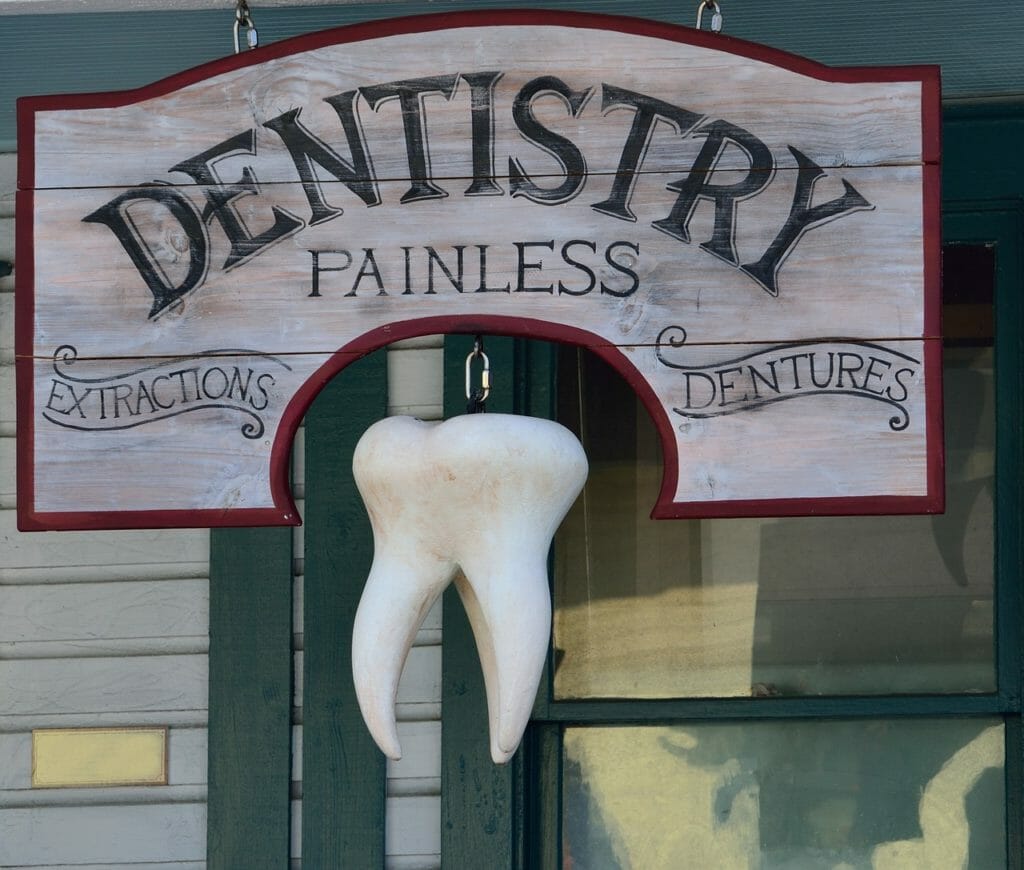The COVID-19 pandemic has had a negative impact on oral health. People have avoided going to the dentist because they are afraid of getting sick, or they have been unable to go because dental offices have closed. The consequences are now being felt.
The American Dental Association (ADA) Health Policy Institute polled a group of dentists in 2021. More than one-third of dentists reported that their patients had more tooth decay — cavities and gum disease — than before the pandemic. More than 70% of those polled reported significant increases in patient stress-related conditions, such as teeth grinding and clenching. These dentists also reported an increase in chipped and cracked teeth, as well as symptoms of temporomandibular joint disorder (TMD) such as headaches and jaw pain.
Tooth decay is defined as damage to the tooth’s surface, also known as enamel. It happens when bacteria in your mouth produce acids that eat away at your tooth enamel. When these bacteria combine with food, they form plaque, a soft, sticky film. Plaque bacteria produce acids from the sugars and starches in your food and drink. These acids can dissolve the minerals in your tooth enamel. Plaque that is not removed can harden into tartar over time. Plaque and tartar can erode your teeth while also irritating your gums and causing gum disease.
“The American Dental Association recommends two visits per year to prevent decay,” says Houston Periodontist Dr. Kevin Calongne. Keeping your teeth healthy necessitates daily care, such as brushing and flossing, and can assist you in keeping an eye on your teeth for any developing problems. The earlier problems are identified, the more likely it is that your dentist will be able to successfully treat them. Dr. Calongne adds that by the time you notice or feel problems like tooth sensitivity and bleeding gums, decay may have already occurred.
Here are some symptoms of dental decay.
1. Intolerance to hot, cold, or sweet drinks or foods
According to the ADA, healthy teeth have a layer of enamel that protects tooth crowns or the parts above your gumline. A layer called cementum protects the tooth roots beneath the gumline. Dentin is the layer beneath the tooth enamel that is less dense than enamel or cementum and is made up of microscopic, small, hollow tubes or canals. When the enamel and cementum protect the dentin, sensitivity to cold, hot, sweet, and sticky food and drink can reach the nerves and cells inside the teeth, resulting in hypersensitivity. If you don’t see a dentist as soon as you notice the sensitivity, you’ll be unable to eat some of your favorite foods.
2. Discoloration of your gums and teeth
White spots in between your teeth or near your gums that appear brown or yellow are a chalky substance that is usually an early sign of plaque that has hardened into calculus. Only a dentist or dental hygienist can clean it from the surface of your teeth and beneath your gums if this occurs. White lesions on your teeth may not cause symptoms like sensitivity, but they can be an early sign of tooth decay that you should be aware of.
To avoid this type of buildup, consult with your dental team about the best ways to brush, floss, and possibly rinse.
3. Prominent holes or cavities
Cavities are visible as small holes on the hard surfaces of your teeth. Cavities cause the tooth enamel, the hard outer layer of your teeth and the hardest substance in the human body, to be destroyed. A cavity, if left untreated, can lead to tooth infection or an abscess, as well as the destruction of your tooth structure. That destruction will continue unless you see a dentist once the cavity process begins.
Adults with childhood dental fillings may develop cavities around the edges of the old fillings. Cavities in exposed roots may develop in older adults whose gums are receding.
4. Gum pain and bleeding
Bleeding gums or even a little pink on your toothbrush when brushing or flossing your teeth can be an indication of more serious problems. If your gums bleed frequently, this could be an indication of gingivitis or periodontal (gum) disease. Gingivitis is an inflammation of the gum tissue caused by bacteria or plaque buildup and can be treated by improving your oral hygiene.
Periodontal disease symptoms usually do not appear until the disease has progressed. If your gums are chronically inflamed and you have bone loss, your gum tissue may begin to pull away from your teeth, creating gaps. If the condition progresses, teeth may shift, wobble, or become painful.
When your gums become red, swollen, and bleeding, this is a sign of inflammation, and as the inflammation progresses, you can develop chronic gum disease. If you notice these symptoms, you should see a dentist as soon as possible. If you ignore these symptoms, gum disease can progress to the point where your teeth cannot be saved.
5. Bad breath or a bad aftertaste
Constant bad breath or a bad taste in your mouth may be a sign of advanced gum disease caused by plaque buildup on your teeth. Toxins that irritate your gums are produced by bacteria in your mouth.
6. Mouth, neck, or jaw pain or swelling
A bacterial infection or tooth abscess can cause throbbing pain, swelling in your teeth or gums, and shiny red swollen gums, which can spread to your ear, jaw, and neck. A dental abscess is a collection of pus that forms inside your teeth and the bones that support them. You should see a dentist if you have symptoms of a dental abscess. Unresolved abscesses can be excruciatingly painful and even life-threatening.

